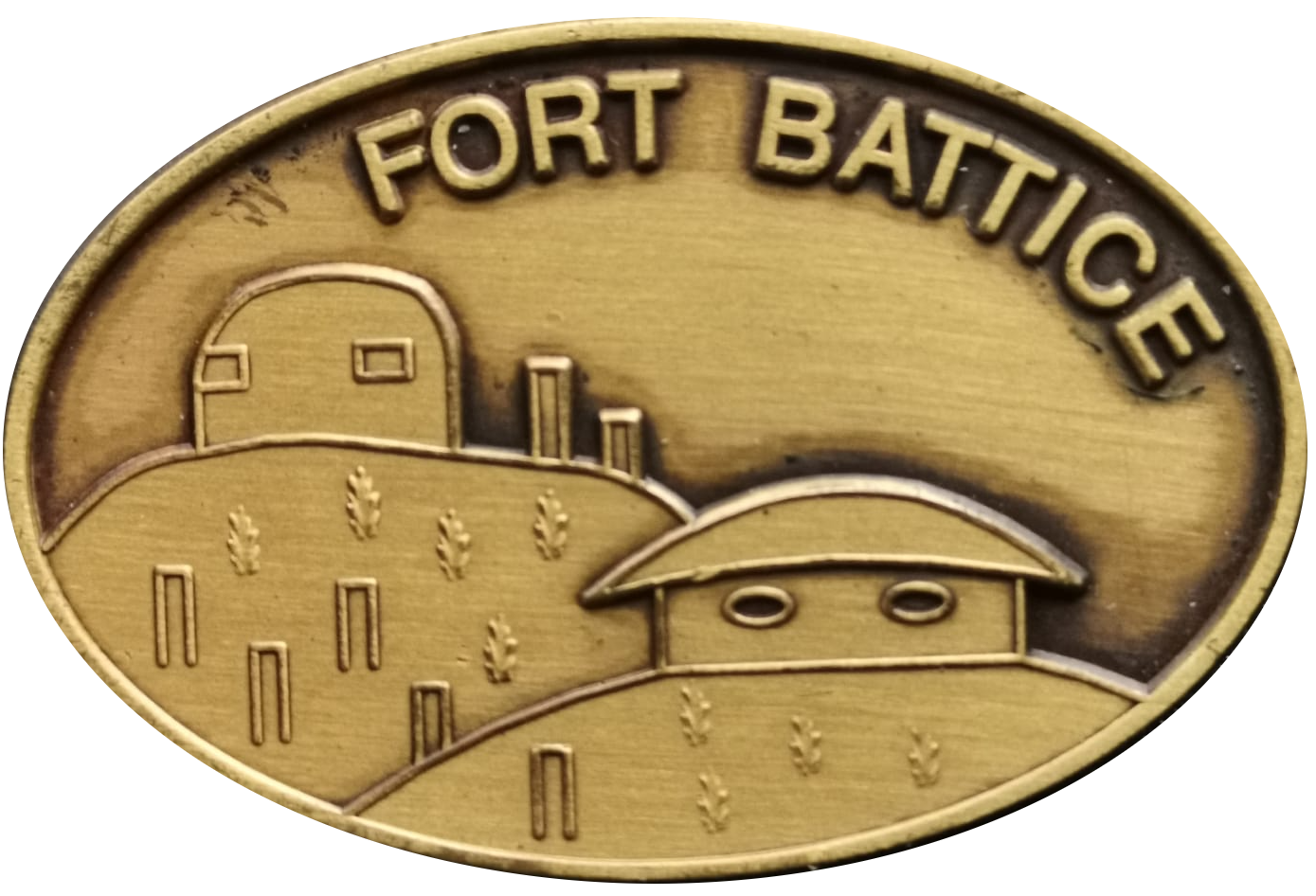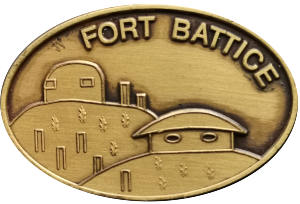









When the war ended Fort Battice was heavily damaged.
During the 10 day German assault, it had sustained extremely devastating bombardments by both heavy enemy artillery and air strikes. While the ennemy occupation lasted, the German army undertook numerous experiments with hollow charges and secret weapons a.o. the Röchling shells. One cupola of 75mm and one 120 mm cupola were heavily damaged by such experiments, using armour piercing projectiles.
One 120mm cupola and one 75 mm were dismantled to study their composition in detail.
After the war, scrap-iron dealers were allowed to recover the remaining metallic material (mainly iron and copper) causing even more damage while doing so.
Afterwards, the fort was completely abandoned to the elements until the seventies.
From 1974 onwards, a group of veterans of the fort established the so called "Amicale des Anciens du Fort" (Circle of Friends of the veterans).They started organising guided visits, but these early attempts proved difficult due to the gloomy state of the fort. In 1988, a handful of sympathisers set up a non-profit organisation in order to revive the fort and cherish its history, as well as improving the accessability to the fort for public visits. Gradually improvements were made, notably repairing the lighting in the underground tunnels to allow for better visibility and greater safety to the visiting parties.In the following years many installations have been restored, among others the turret-lifting mechanism of artillery bunker Block 4. The ammunition elevator of this same bunker has been put back in working order (a unique feat for a Belgian fortress).The aeration system for the underground barracks has been revived and the splendidly working Carels diesel generator is a one of a kind for Belgian fortresses.
The proceeds of the guided tours and free gifts are entirely devoted to the maintenance and reparations of the fort's facilities.
